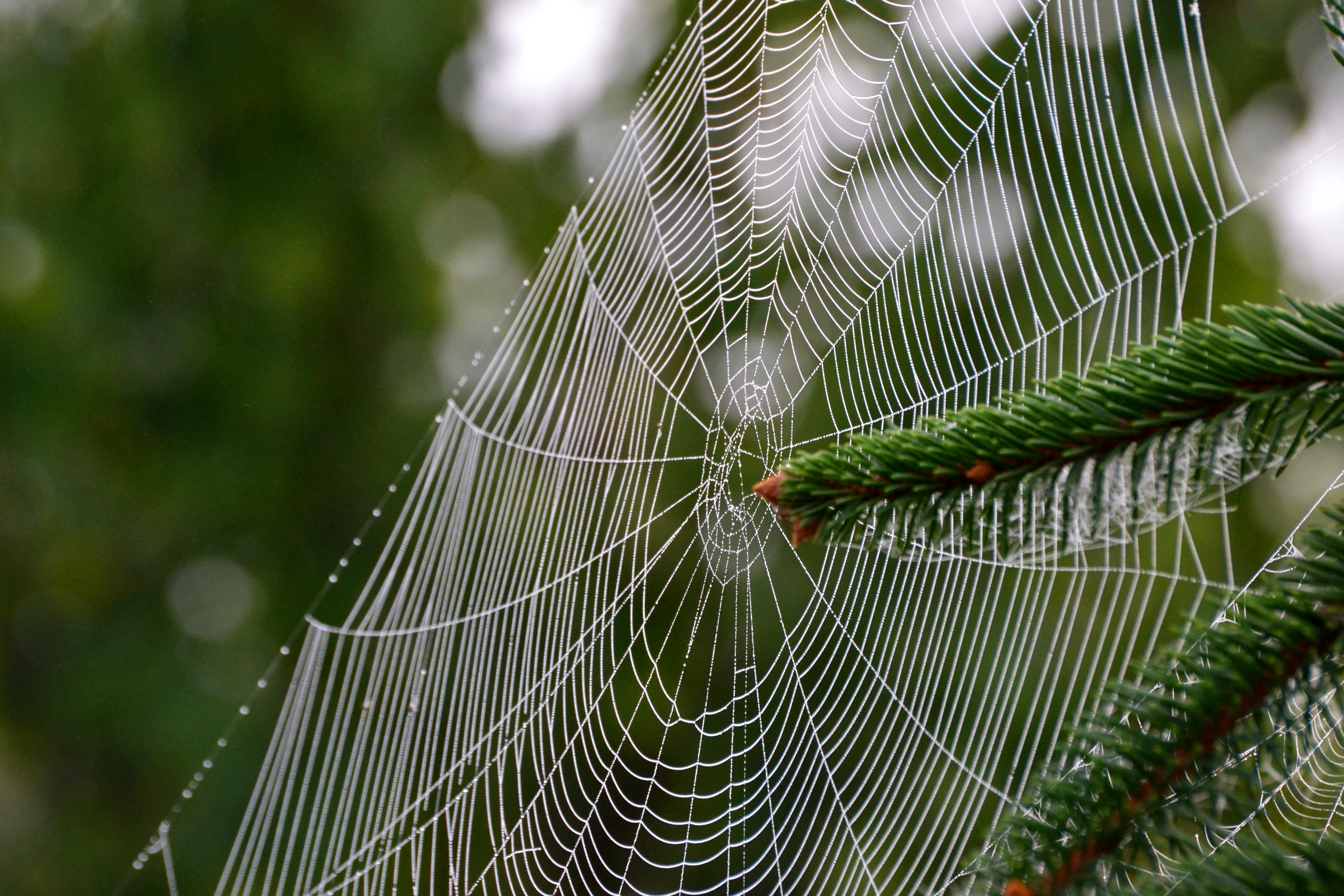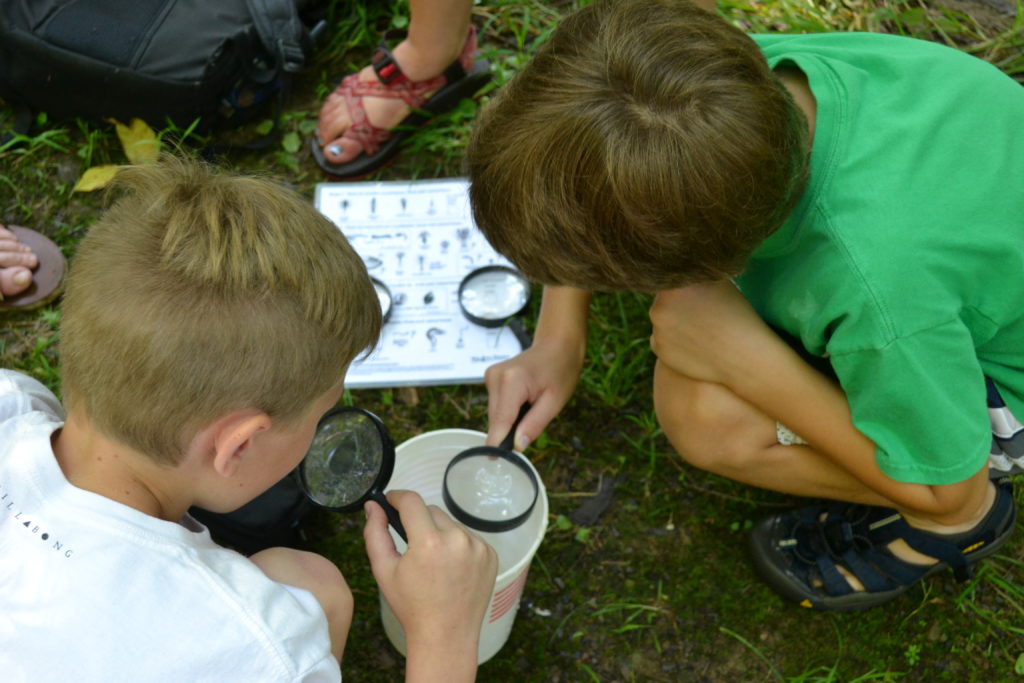
“But why is it like that?,” he asked, pointing to a spider web on our walk around the block. He was always asking, always questioning, always wanting to know the answer even if he didn’t understand. He didn’t get to go outside much, and then only spent time playing on the concrete. When I babysat him, we always found the time to go out, either to the park, around the block, or his own backyard. I was always amazed by how much curiosity was in him. He was excited about everything, every rock turned over, every animal we saw. I will never forget when I put a roly-poly in his hands for the first time. He laughed. And he still asks to go outside and find them, more than a year later.
It was through this experience babysitting that I realized how important it is to take kids outside. Biophilia—a term used by psychologist Erich Fromm in the 1970s—describes how humans are naturally drawn to the natural world. Kids have an especially unique way of looking at the world, connecting to it, and trying get to the bottom of so many mysteries. In many ways, children and scientists have a lot in common. Nature is what facilitates this sense. Even nuclear physicist Mark Feige, in The Atomic Scientists, the Sense of Wonder, and the Bomb, agrees that nature is what inspires growth of the scientific mind and fosters development. In order to become a successful scientist, a person should always stay curious and in awe of nature.
Living in Massachusetts, I was lucky enough to grow up in a place that created many positive memories in nature. Others, due to circumstance or location, aren’t as fortunate. Studies have shown that when children have positive experiences in nature, they are more likely to care for it when they are older. It also increases health and creativity in children. Angela Hanscom says in her book Balanced and Barefoot that “natural outdoor settings offer the most open-ended, sensory calming environments for children, inspiring hours of pretend play and creativity that aid in proper development of their senses” (151). There are some things you just can’t get anywhere else.

I believe Shaver’s Creek is helping to create more scientists. They create many opportunities for kids to discover and explore. From Kids Corner, to Outdoor School, and various other school programs, kids are becoming curious and experiencing things they have only read about in books. When a place like Shaver’s Creek is created, when people like you care, kids will grow into their full potential and make the world a better place.
“If we want children to flourish, to become truly empowered, then let us allow them to love the Earth before we ask them to save it.”
— David Sobel
